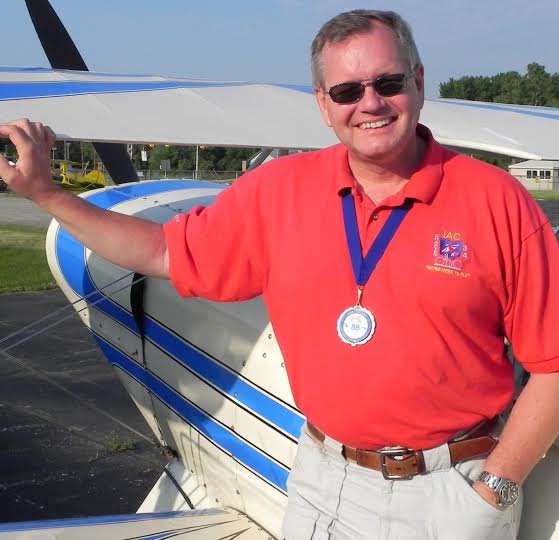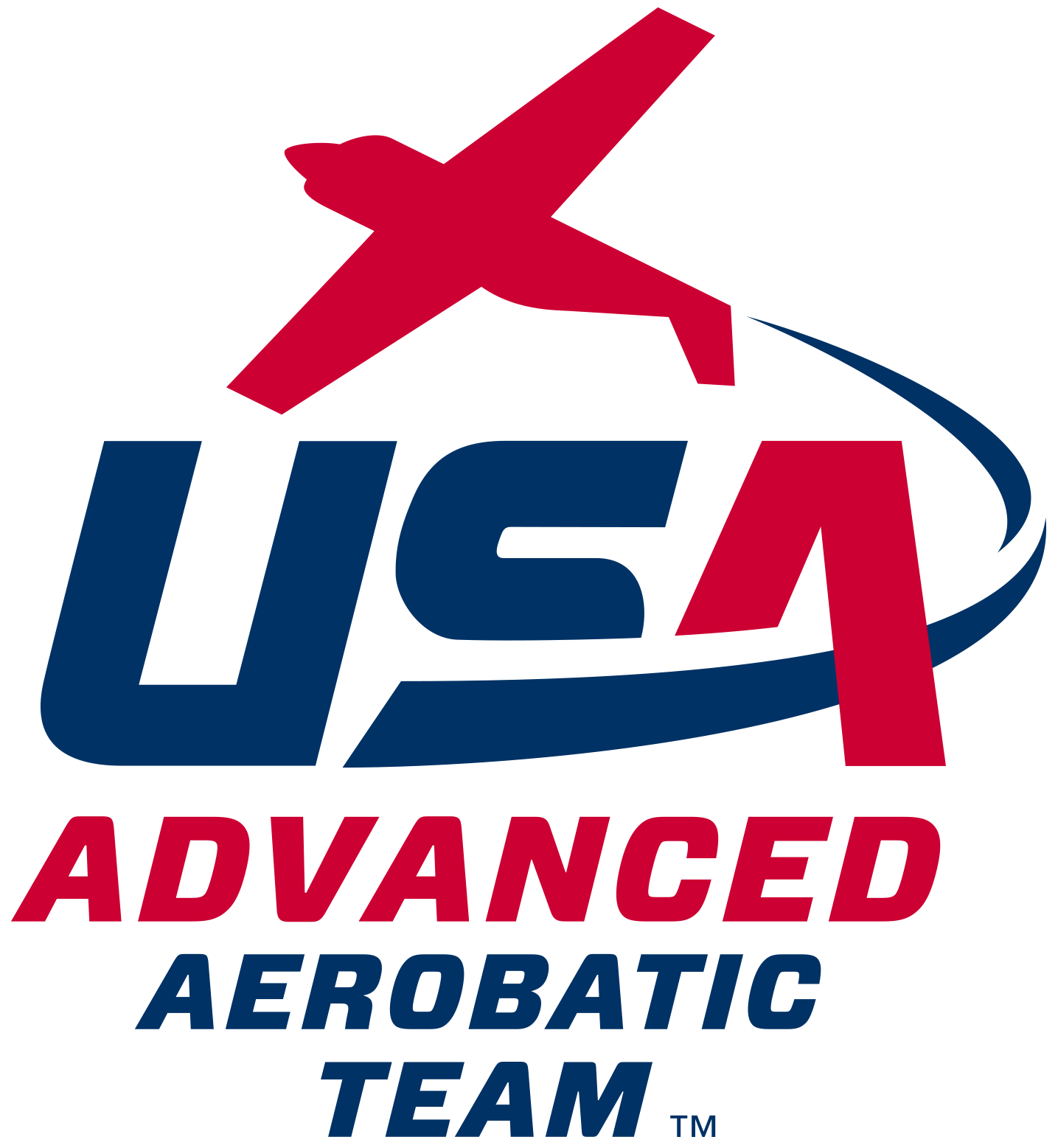Flying the 2023 Sportsman Sequence - Part 7 – Flying the Competition Roll


The Competition Aileron Roll
Competition aileron rolls, which are really slow rolls in technique, are one of the harder things to teach in the basic aerobatic course. You must Not pitch first before initiating the roll as you would in a pure, 1g, Bob Hoover-smooth, coordinated aileron roll (or the zero g Primary roll). A slow roll is definitely not coordinated as top rudder, or sky rudder, is applied in each knife-edge portion of the roll.
Low Horsepower/high drag airplanes struggle with the slow roll unless it is flown at moderate to high airspeeds. Enter the roll as fast as you can.
The main problem in this maneuver is that people do not maintain the straight and level path before, during, and after the roll. Sinking during the roll is quite common, especially in the inverted and second knife-edge portions of the roll. Another problem is not maintaining a constant roll rate. Most pilots allow the roll rate to speed up in the second half of the roll.
People also end up off heading, usually to the right in a left roll. 

The key to a good competition aileron (slow) roll is picking a spot on the horizon, and then drawing Alan Cassidy's scared circle with the tip of the nose around that spot. John Morrissey's "deep focus" must be maintained throughout the roll, which will be a challenge in and of itself as the controls are manipulated.
If we consider a left roll, the tip of the nose starts at 6 o'clock on the sacred circle, rotates counterclockwise up to 3 o'clock for the first knife-edge, continues up to the 12 o'clock when inverted, down to 9 o'clock for the second knife-edge, then back to 6 o'clock. The controls must be manipulated in such a way to "draw" that sacred circle with the tipe of the nose around that point on the horizon.
Remember our earlier conversation from Rich Stowell about pitch and yaw? That will apply here.
Former flight instructor of the year and master CFI-aerobatic Rich Stowell said it best. He stated that the flight controls work in relation to the pilot not the horizon. Pitch is a head-to-foot motion of the tip of the nose of the airplane, not up and down. Yaw is an ear-to-ear motion of the tip of the nose of the airplane, not left and right. Up and down and left and right, in relation to the horizon, only work in upright flight with less than 40 degrees of bank. Up and down and left and right ideas do not work in knife-edge or inverted flight.


Articles in the "2023 Sportsman Sequence" Series
Flying the 2023 Sportsman Sequence by Gordon Penner, In the Loop January 2023
Flying the Wedge by Gordon Penner, In the Loop February 2023
Flying the Immelman, by Gordon Penner, In the Loop March 2023
Flying the Loop, by Gordon Penner, Sport Aerobatics December 2019
Flying the Half Cuban, by Gordon Penner, In the Loop May 2023
Flying the Humpty Bump, by Gordon Penner, In the Loop June 2023
Flying the Competition Roll, by Gordon Penner, In the Loop July 2023
Flying the Hammerhead, by Gordon Penner, In the Loop August 2023
Flying the Spin, by Gordon Penner, In the Loop September 2023
Flying the Aerobatic Turn, by Gordon Penner, In the Loop October 2023
Online Resources:
Introduction to Aresti, by Brian Howard, www.iac.org/aerobatic-figures
More articles on typical Sportsman category figures
Half Cubans, Accurate 45-degree downlines, by Giles Henderson, Sport Aerobatics June 2011, pg. 28
A Roll is a Roll is a Roll...., by Gordon Penner, Sport Aerobatics, August 2008, pg. 16
Aerobatic Trim Part 1, by Gordon Penner, Sport Aerobatics September 2020
Aerobatic Trim Part 2, by Gordon Penner, In the Loop October 2020

